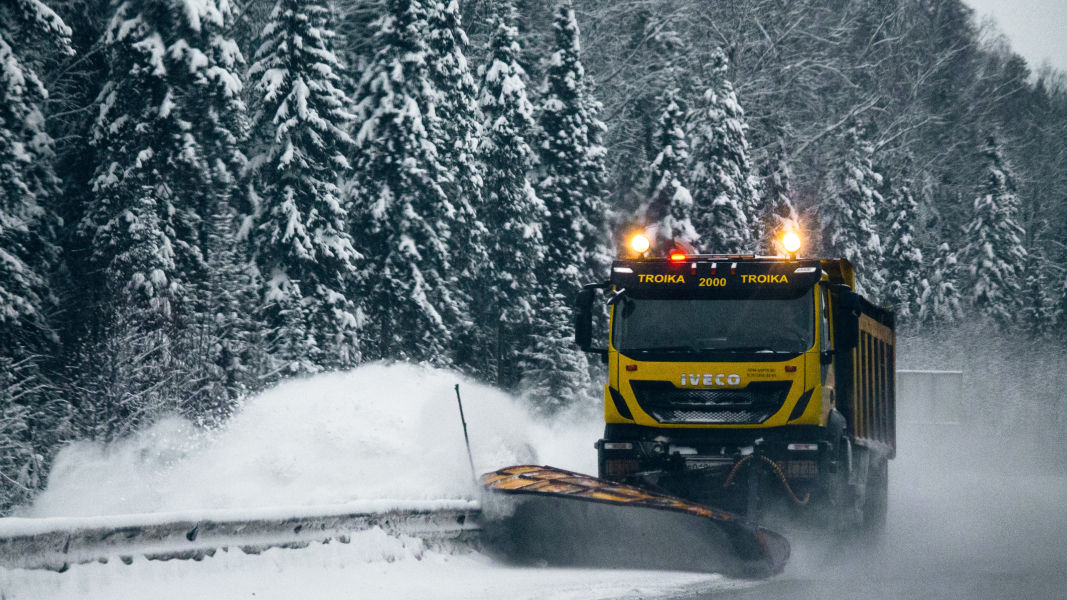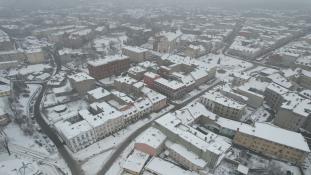Sustainability check: How does smart routing for winter services help?
- Savings in emissions and (fuel) costs, as driving is only carried out when required, control runs are no longer necessary and route planning can thus be optimized.
- More efficient use of gritting materials: Costs can also be avoided by preventing material bottlenecks in time.
- Automated warning messages contribute to efficient clearing and thus to a reduction in the risk of accidents and traffic jams.
- An app makes employees' work easier, as they are automatically shown optimized routes and can also take over services from others.
- Time savings in documentation requirements when trips and material consumption are automatically documented by sensors on the clearing vehicles.
- Automatic documentation also helps in the event of an insurance claim or against unjustified complaints.



